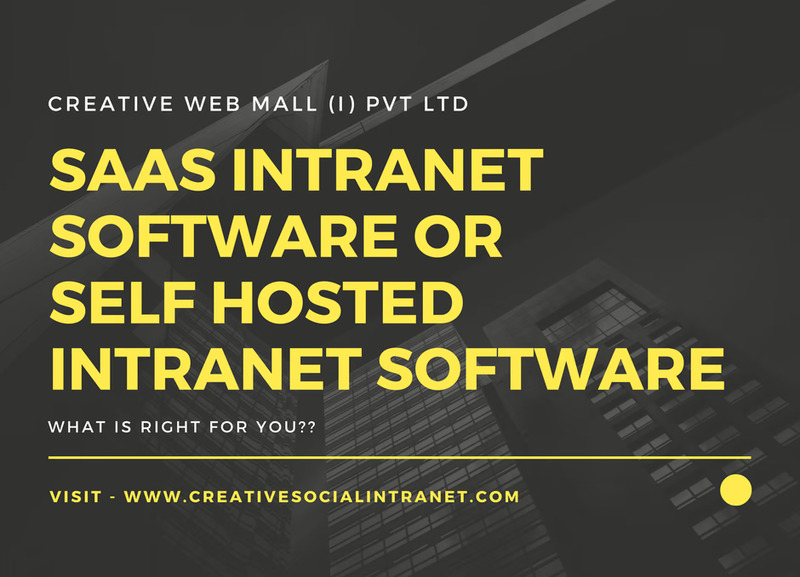An intranet is a private network accessible only to an organization’s staff. It often includes various tools and resources that help employees collaborate, communicate, and manage information within the company. There are two main types of intranet software: SaaS (Software as a Service) intranet and self-hosted intranet. Here’s a detailed explanation of each:
SaaS Intranet
SaaS (Software as a Service) Intranet refers to intranet software that is hosted and maintained by a third-party service provider. Organizations subscribe to the service and access the intranet through the Internet.
Key Features:
- Hosted by Provider: The software is hosted on the provider’s servers, and the provider handles maintenance, updates, and security.
- Subscription-Based: Organizations pay a subscription fee, typically monthly or annually, which may vary based on the number of users and features.
- Ease of Use: Often includes user-friendly interfaces and is relatively easy to set up and scale.
- Automatic Updates: Updates and new features are rolled out automatically by the service provider.
- Scalability: Can easily scale to accommodate growing numbers of users and changing needs.
- Accessibility: Accessible from anywhere with an internet connection, which is beneficial for remote or distributed teams.
Self-Hosted Intranet
Self-hosted intranet refers to software installed and run on an organization’s servers. The organization maintains the hardware, software, and network infrastructure.
Key Features:
- On-Premises Hosting: The software is installed on the company’s own servers, giving them full control over the infrastructure.
- One-Time Purchase: Typically involves a one-time software license purchase, though some vendors may offer subscription models for ongoing support.
- Customization: Offers high levels of customization to meet specific organizational needs.
- Security Control: Greater control over security, as data is stored on-premises.
- Maintenance Responsibility: The organization is responsible for maintaining the software, including updates, patches, and hardware maintenance.
- Network Dependency: Typically only accessible within the organization’s network unless specific configurations are made for remote access.
Comparison
Cost:
- SaaS: Ongoing subscription costs.
- Self-hosted: Higher upfront costs but potentially lower long-term costs if the infrastructure is already in place.
Maintenance:
- SaaS: Managed by the provider.
- Self-hosted: Managed by the organization’s IT team.
Control and Customization:
- SaaS: Limited by the provider’s features and configurations.
- Self-hosted: High degree of control and customization.
Scalability:
- SaaS: Easily scalable through subscription plans.
- Self-hosted: Scalability depends on the organization’s infrastructure capacity.
Security:
- SaaS: Depends on the provider’s security measures.
- Self-hosted: Direct control over security protocols.
Choosing between SaaS and self-hosted intranet solutions depends on an organization’s specific needs, resources, and priorities, such as budget, IT capabilities, security requirements, and scalability needs.
